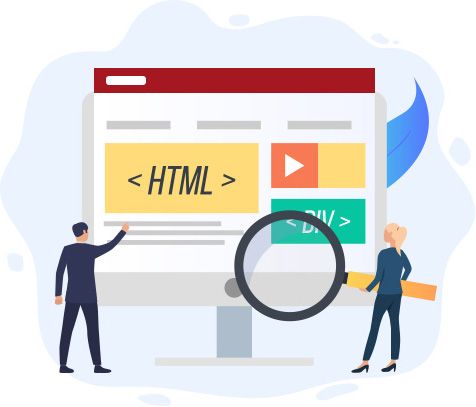How To Create An ADA Compliant Website
How To Create An ADA Compliant Website

How To Create An ADA Compliant Website
With millions of Americans suffering from some form of disability, it’s no wonder why we’re seeing so many companies move forward with their own forms of ADA website design and development. How can this help you? It can help you by letting you expand into new markets, improve your visibility and presence, and increase your customer base at a fraction of the cost. But how do you make sure your website truly is ADA compliant? Here are some tips on what you need to look out for.
The key to creating an ADA compliant website design and development is making sure your web development and content meet the requirements set forth by the Americans with Disabilities Act. Simply put, an ADA compliant website – or web site – is designed specifically for everyone. It must allow people who have disabilities to fully use your site in a manner that works for them. This is essentially a win-win situation for everyone, because an easier to navigate website means a higher volume of traffic, which ultimately helps your company grow.
There are several regulations in place that govern how accessible your website needs to be. For instance, the Rehabilitation Act gives businesses that provide services to the handicapped greater access to wheelchair accessible vans and other forms of transportation, when it comes to increasing the number of wheelchair accessible vans that they can handle. In addition to this, you have the Fair Accessibility for the Blind and Dyslexic (AAB) Act that makes it easier for blind and deaf individuals and their loved ones to access accessible business web sites and software.
While these laws aim to ensure that everyone has equal access to the web, there are still some who feel that they go too far. As such, they pursue the idea of an “all inclusive design” for websites. Basically, this simply means that users with any sort of disability – regardless of ability – are able to access and enjoy your website. The inclusion of a “list of users with disabilities” on your website makes your site friendlier to those who might be a potential customer.
So, what exactly goes into an all inclusive design? Well, the most important thing that you need to do is include a wheelchair accessible navigation menu on your home page. Then, every page of your website must include a “wheelchair accessible” tag. Finally, you should include ADA accessible web content and regular web formatting guidelines.
How can you make sure that your website is compliant with ADA regulations? Simple! First, take the time to check your local and federal accessibility guidelines. Often, there will be specific examples include:
Additionally, some agencies and/or states offer classes in ADA compliance. If you feel that you do not have enough knowledge or expertise in this area, enlist the help of a professional. There are plenty of companies out there (and even universities) that offer training in how to ensure that your website meets all of the aforementioned ADA requirements. If you choose to hire a company, be sure to thoroughly review their credentials and ensure that they’re capable of completing your design and construction tasks, including ADA compliance.
For those of you out there who are somewhat technically inclined, creating an all-inclusive website may be just the solution that you seek. With literally thousands of different programs and software that will allow you to easily create a website that complies with the guidelines of the Americans with Disabilities Act, it doesn’t take an expert to create one that is ADA compliant. Even if you don’t know what you’re doing, there’s plenty of help available to guide you along the way. So don’t hesitate to contact a qualified professional today!











